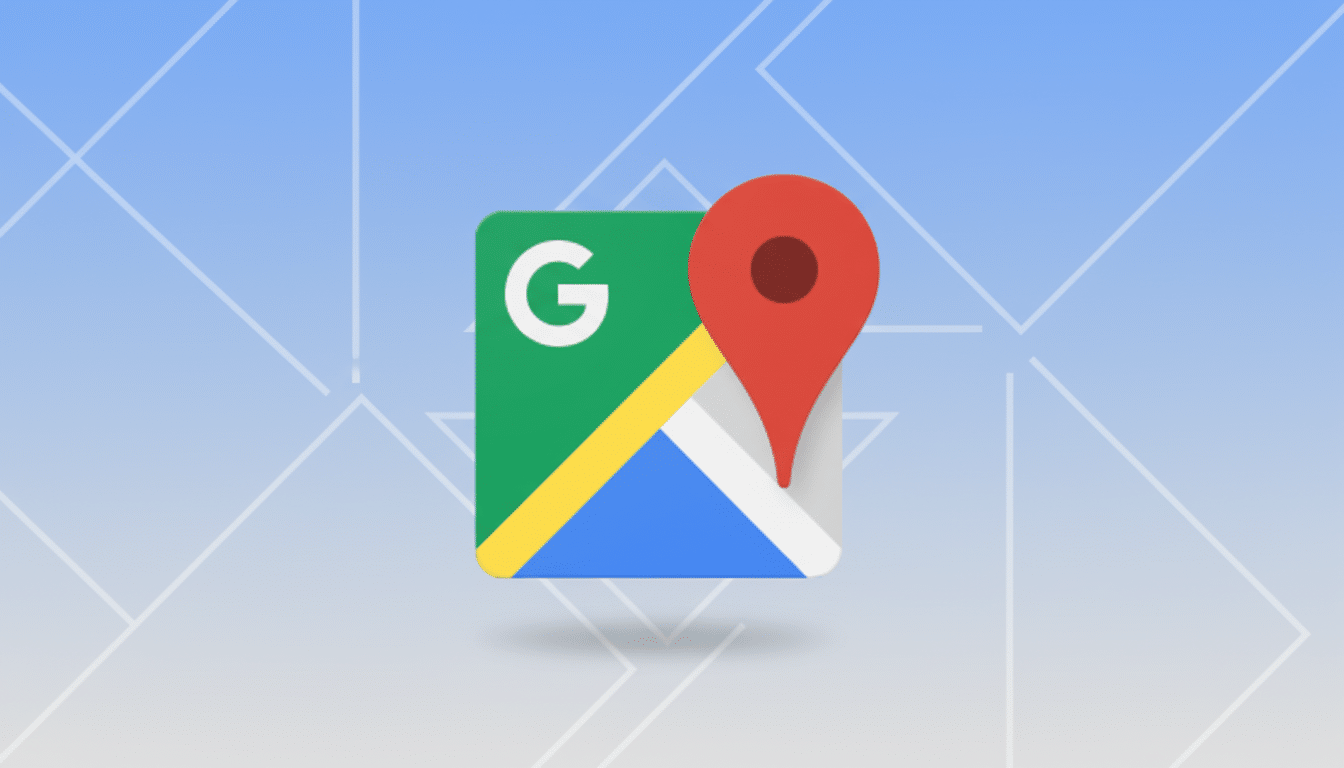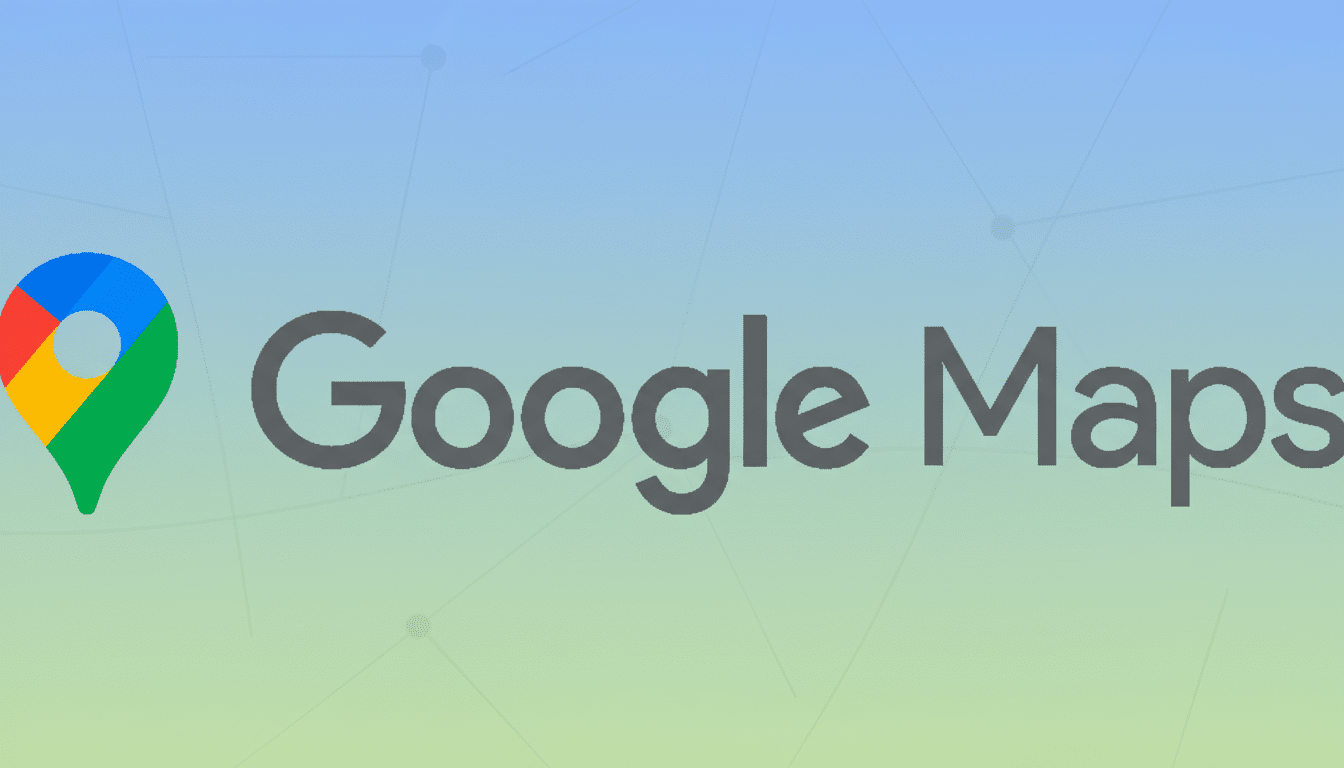Google is providing Maps in India, one of its biggest markets, with the most essential makeover it has ever received, combining assistance enabled by Google’s artificial intelligence (AI)-powered platform Gemini and new road safety features to keep up with fast-evolving—sometimes treacherous—Indian roads.
The rollout will extend hands-free views of real-time AI guidance, proactive route intelligence, and information on accident-prone stretches to tens of millions of drivers and riders.

Gemini adds conversational navigation to Google Maps in India
Gemini in Maps will begin rolling out to Android and iOS users across India in the coming weeks, providing conversational assistance as you make your way to your next destination—all while underpinning this guidance with more helpful information and context about places along these routes.
The AI will support nine Indian languages at launch, a hat tip to the multilingual nature of daily commutes and intercity travel.
Instead of traditional voice prompts, Gemini is programmed to process follow-up questions and local dialects. Think: “Avoid broken road ahead,” “Show a safe chai stop after the toll,” or “Which lane for the flyover?” It can bring nearby essentials—fuel, restrooms, ATMs, food—to the surface without disrupting the flow of navigation.
Google has localized interactions for how Indians give directions and reference landmarks, easing friction points along the way—from confusing street names to changing neighborhood monikers and a mishmash of English sprinkled with regional languages.
Safety Tools Aimed at High-Risk Stretches
In response to longstanding complaints about treacherous routes and unfinished roads, Maps will now give you visual and audio warnings when you enter accident-prone areas. The alerts are being rolled out today to Android users in Gurugram, the Cyberabad area of Hyderabad, Chandigarh, and Faridabad, with other locations to follow.
India’s road safety problem is stark. In 2022, a record 461,312 road accidents and 168,491 deaths from these accidents were recorded by the Ministry of Road Transport and Highways. More than 70 percent of deaths were due to overspeeding, which shows the importance of early and audible warnings in avoiding fatalities and indicating speed.
Local traffic authorities’ data will contribute to speed limits showing up during navigation. The feature is being rolled out to Android and iOS users in Faridabad, Ghaziabad, Gurugram, Hyderabad (including Cyberabad), Jaipur, Kolkata, Lucknow, Mumbai, and Noida.

Data That Is Localized and Signals in Real-Time
Google is working with the National Highways Authority of India to ingest near real-time feeds on closures, diversions, and road repairs. On top of that, the tie-up will feature wayside amenities on national highways—washrooms, restaurants, and fuel stations—so that you know where to stop instead of finding makeshift facilities if nature calls.
For heavily traveled corridors in New Delhi, Mumbai, and Bengaluru, Maps will get proactive notifications about extremely long delays and disruptions even before you enter your destination into navigation, at first on Android. That prod can help commuters leave earlier, change their route around snags, or postpone non-essential journeys.
India’s road network is liquid: flyovers open lane by lane, monsoon damage can wipe out roads overnight, and temporary diversions envelop infrastructure works. To account for this volatility, Google is layering its official inputs with aggregated, anonymized signals from Maps usage to keep guidance up-to-date and context-specific.
What drivers and riders will experience on Indian roads
Gemini’s conversation prompts are intended to cut down on the need for screen taps. You could say something like, “Find a petrol pump with neat restrooms before Vashi,” or “Will I encounter rain on the Eastern Expressway?” That’s where the assistant can provide context—it might take, say, 15 minutes to reach the toll plaza in question on your route—with its standard ETA.
Also coming to Android and iOS are voice instructions for flyovers, in addition to enhancements from last year that showed lane-level details. That is important in cities where stacked interchanges and parallel service lanes can make turn-by-turn cues confusing, especially at night or in heavy rain.
Importantly, Google insists that navigation time is an estimate that may fluctuate—not a promise. With warnings for risky drives ahead, clearer speed info, and smarter prompts from Gemini, the company is hoping to nudge user behavior toward safer, better-informed driving—without overpromising perfection.
Why these navigation and safety updates matter now
India has one of the most challenging navigation environments in the world, with high-traffic-density roads, varying road quality, and a large population of two-wheeler riders. Small usability gains—fewer wrong turns, an early tip-off before a dangerous curve, advanced notice of a closure—add up very quickly at national scale.
If the Gemini integration and safety alerts work as planned, anticipate expanded coverage beyond the initial wave of cities and further coordination with state and local organizations. For their part, the near-term winners are straightforward: more useful directions, in a wider range of Indian languages, that will better represent the roads they actually drive.

